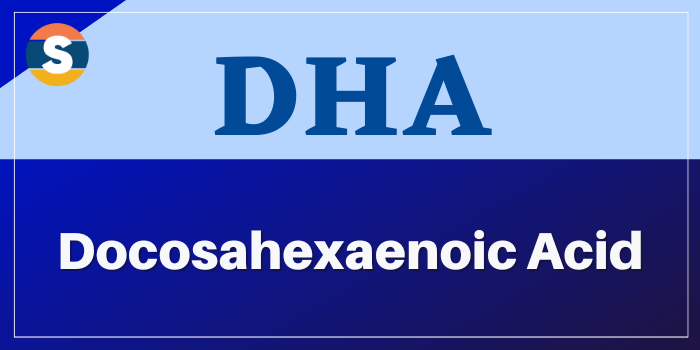
The Full form of DHA is Docosahexaenoic Acid. DHA is a fatty acid found in the meat of cold-water fish, including salmon, cod liver, mackerel, herring, tuna, halibut, seal blubber, and whale blubber. DHA should not be confused with EPA (Eicosapentaenoic Acid). They both exist in fish oil, but they are not the same. DHA can be converted into EPA in the body. DHA is used as a supplement for premature babies and as an ingredient in baby formula during the first four months of life to promote better mental development. This practice probably started because DHA is found naturally in breast milk. DHA is also used in combination with Arachidonic Acid during the first four to six months of life for this purpose. Postnatal DHA improves vision and some cognitive functions in infants and toddlers. DHA is a polyunsaturated, omega-3, 22-carbon fatty acid. It is present in abundance in certain fish (such as cod liver and tuna) and marine animal oils. DHA plays a key role in the development of eye and nerve tissues. DHA may also reduce the risk of circulatory and heart disease by decreasing the thickness of the blood and lowering blood levels of triglycerides.